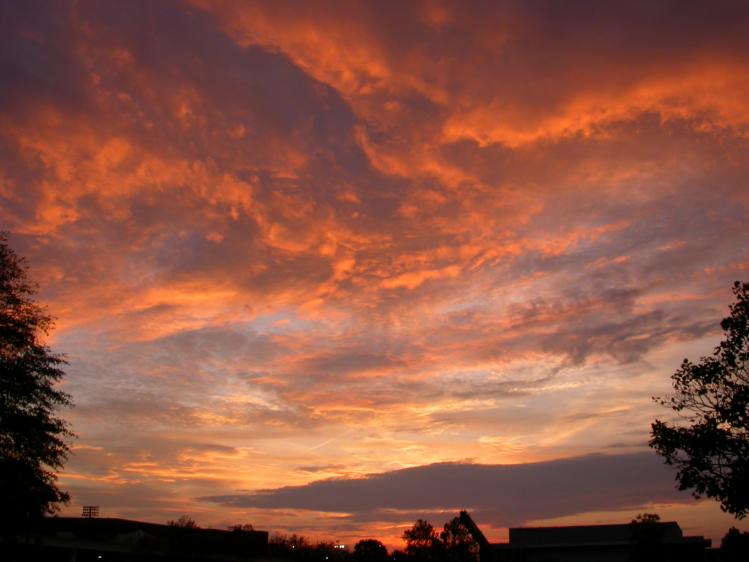Spiritual Sunday
I’ve been thumbing through Music of the Sky, a wonderful collection of spiritual poetry from a wide range of faiths. The title comes from a poem by Frithjof Schuon, a 20th century German poet who, according to the book’s short blurb about him, wrote more than 300 short poems during the last three years of his life. This one was written in English:
The Song
A finite image of Infinity:
This is the purpose of all poetry.
All human work to its last limits tends;
Its Archetype in Heaven never ends.
What is the sense of Beauty and of Art?
To show the way into our inmost Heart–
To listen to the music of the Sky:
And then to realize: the Song was I.
In their very interesting preface and introduction, editors Barry McDonald and Patrick Laude expound on how poetry is a “finite image of Infinity.” McDonald says that “the music of the sky” manifests itself through poetic rhyme and meter:
Apart from the content of the poem as such, the most important components of poetry are rhyme and meter. The “music” and the “rhythm” of the poem evoke what Frithjof Schuon has called “the metaphysical transparency of phenomena.” Just as it is the ordering principle of the Logos which enters into manifestation and allows us to realize that God is immanent, so it is the Logos, understood as Sound and Word, which is reflected in the prosodic norms of all authentic spiritual poetry. From the perspective of traditional metaphysic, only God is Real; and it is this Reality unfolding in all of creation which permits us to see that the world is a manifestation of the Sacred. It is this underlying aspect of the deep nature of things which points to the essential function of rhyme. If God is the fundamental unity allowing for all living things to exist in harmony, then, translated into the language of poetry, God is what makes all things rhyme. This is its most profound meaning, and it explains why, since time immemorial, the formal element of rhyme has been a part of the great poetic traditions of the world; without it, the world of the poem ceases to reflect the Logos; it ceases to reflect the deep, underlying homogeneity of creation.
McDonald says something comparable about rhythm:
Similarly, in union with rhyme, we note that the role of the rhythmic component of meter also possesses an essential meaning which we may associate with the contemplative life. Understanding the heart as a symbol of the logos in the human microcosm, we begin to realize the importance of the metrical norm in poetry: without the beating of the physical heart we cannot live; and without the prosodic “heartbeat” a poem is devoid of a rhythmic center—it loses its living pulse. The iamb, which is an unstressed followed by a stressed syllable, echoes the human heartbeat; it is one of the most ancient metrical forms, and it is as a result of the iambic meter that we are drawn into the spell of Shakespeare’s sonnets. Also, it is rhythm which largely contributes to the readers’ ability to interiorize the beauty of the poem; the rhythm of the poem, so to speak, allows the meaning to dance into the soul and to lodge in the memory.
Now, there are many spiritual poems that do not rhyme—those of Mary Oliver leap first of mind as I have just been teaching her—and of course many poems do not have an iambic rhythm. That being said, however, I would agree that there are musical dimensions of poetry that serve to put us in touch with the spiritual dimensions of life.
Or as Schuon points out, we think we are listening to the music of the sky, only to discover that we have found the way to our inmost heart.


